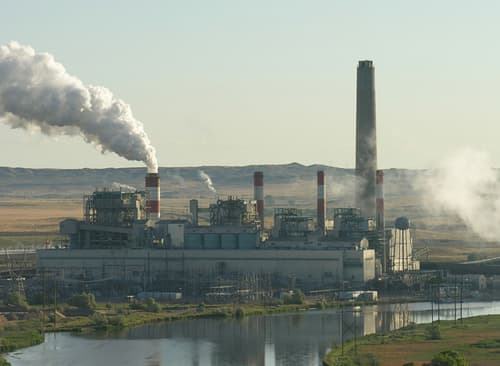New Delhi told UN Framework for Climate Change Convention (UNFCCC) that India has spent about 13.35 lakh crore in 2021-22, just over 5.5 percent of its GDP, on climate adaptation and expects to incur another about 57 lakh crore rupees over the next seven years for this purpose. This is India’s latest submission filed yesterday that includes its first assessment of adaptation requirements. But this is only in the business-as-usual scenario, that is only if climate vulnerability does not deteriorate during this period. Climate-induced damage could escalate this amount by another 15.5 lakh crore rupees.
Adaptation efforts are meant to reduce the impacts of climate change. Along with mitigation, or reduction of greenhouse gas emissions, adaptation is a central pillar of global climate action. Adaptation activities span a sweeping range and include actions like creating sea walls to protect against rising sea levels; development of temperature-resilient crops; heat-action plans; early warning systems, and creation of disaster-resilient infrastructure are all examples of adaptation activities.
Under the global climate change framework, countries are supposed to measure their annual greenhouse gas emissions every few years, and submit it to UNFCCC for maintaining a global inventory. This used to be called National Communication, NATCOMs, under the 1997 Kyoto Protocol mechanism. Yesterday, India submitted its third NATCOM which will finish its obligations under the Kyoto Protocol.



















